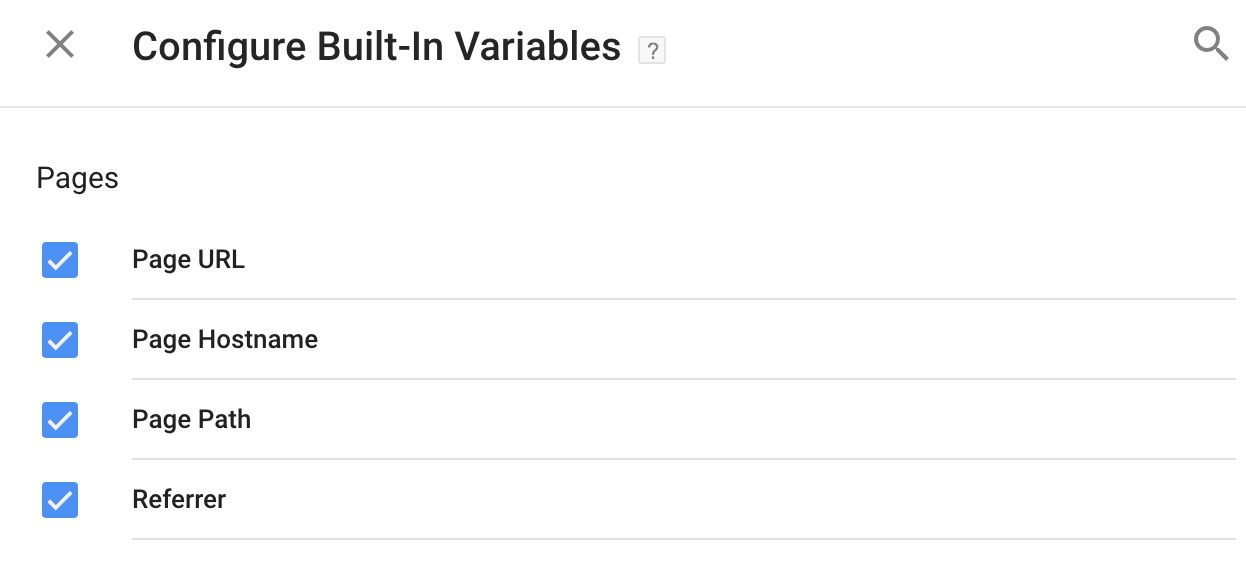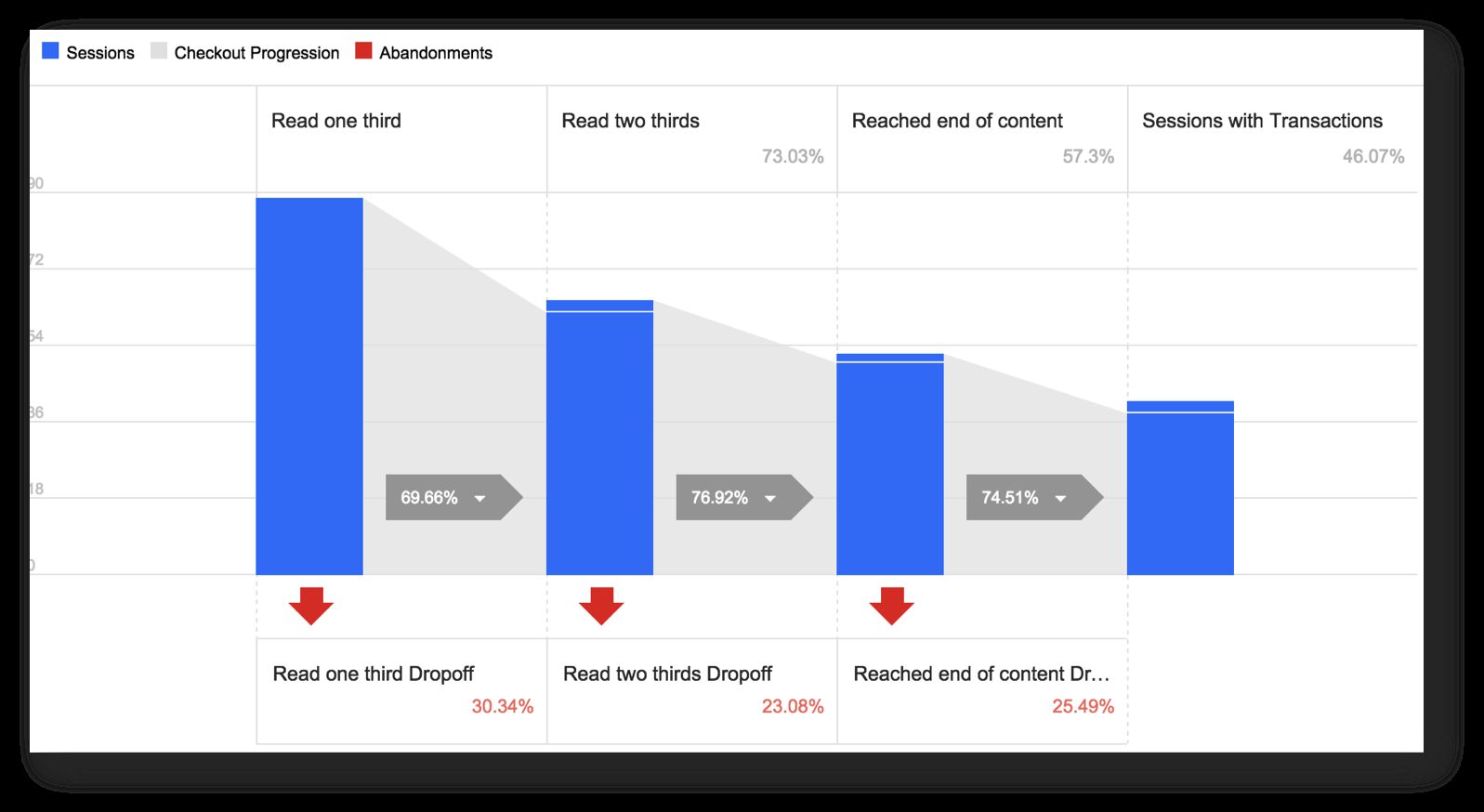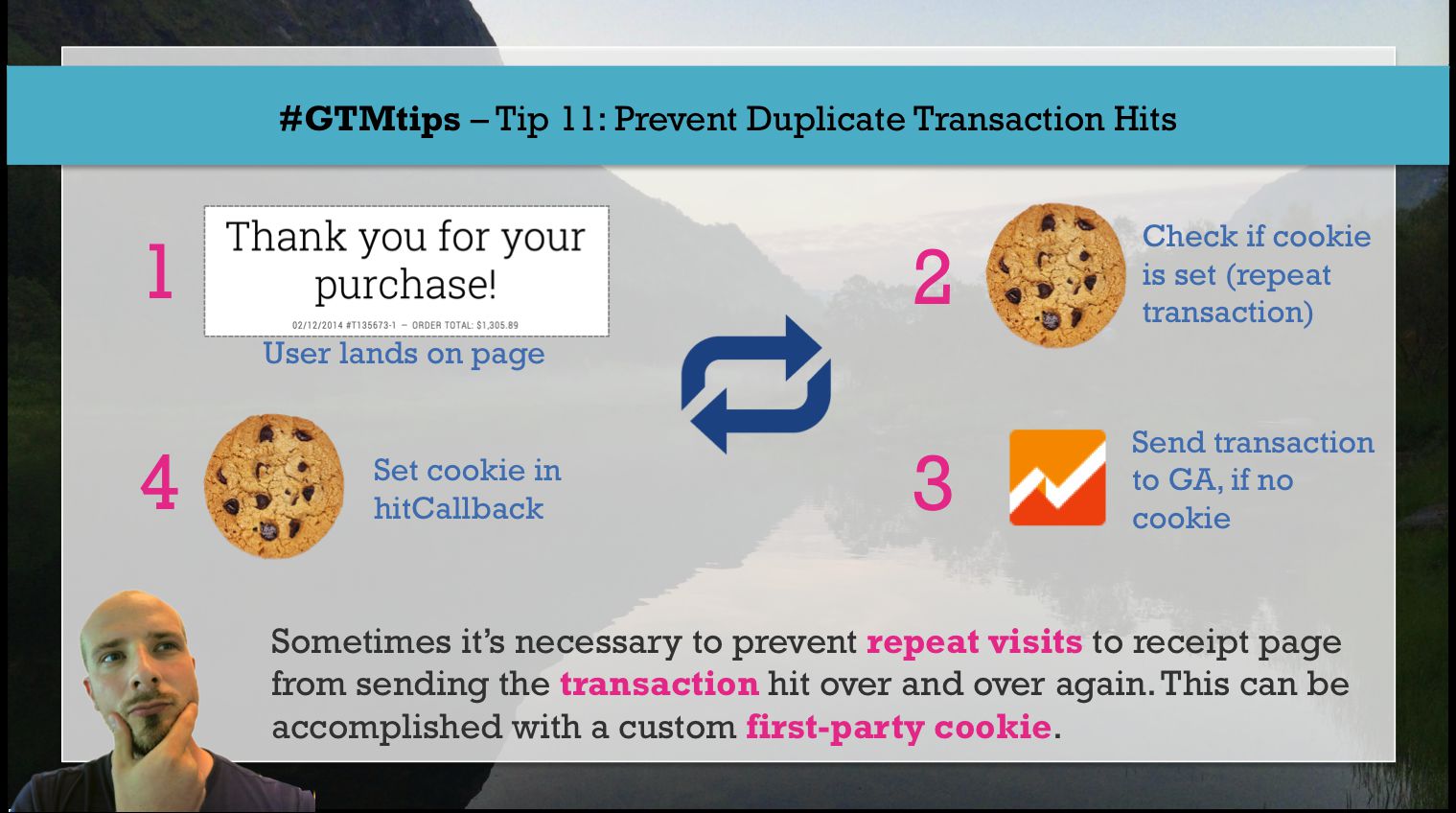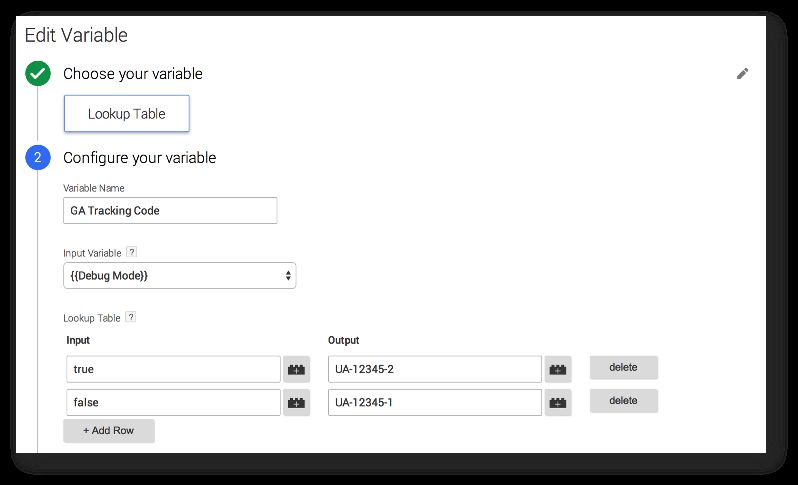You’ve probably heard of the Konami Code. It’s a cheat code in many Konami games, where the cheat is executed with a sequence of key presses on the keyboard. Since then, it’s become one of the staples of video game folk lore, and many websites, games, and applications have their own easter eggs activated with the Konami code.
The sequence of keys is:
up, up, down, down, left, right, left, right, B, A






